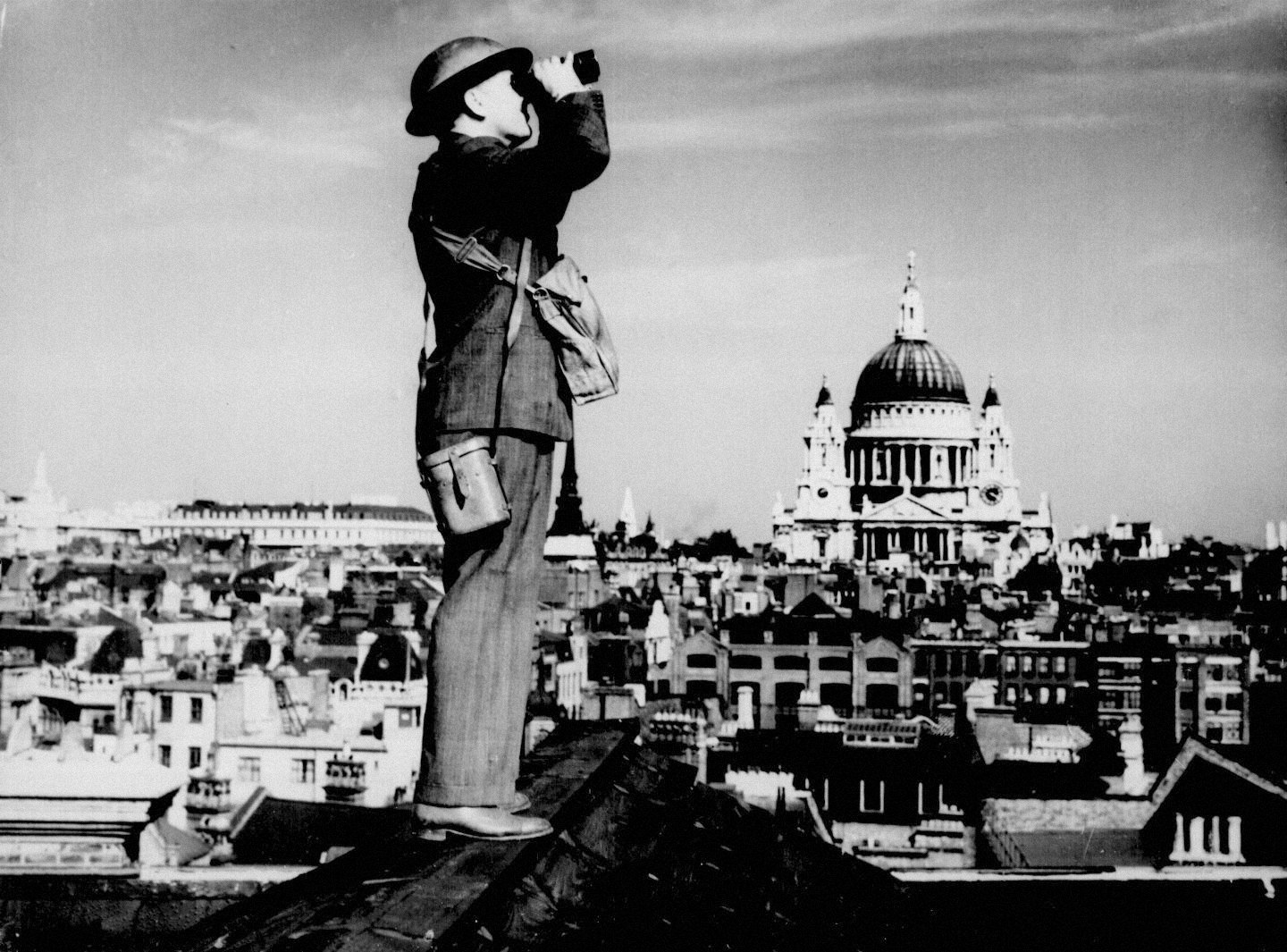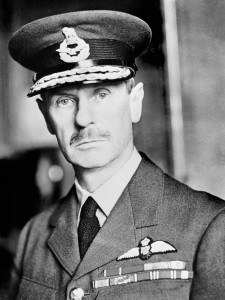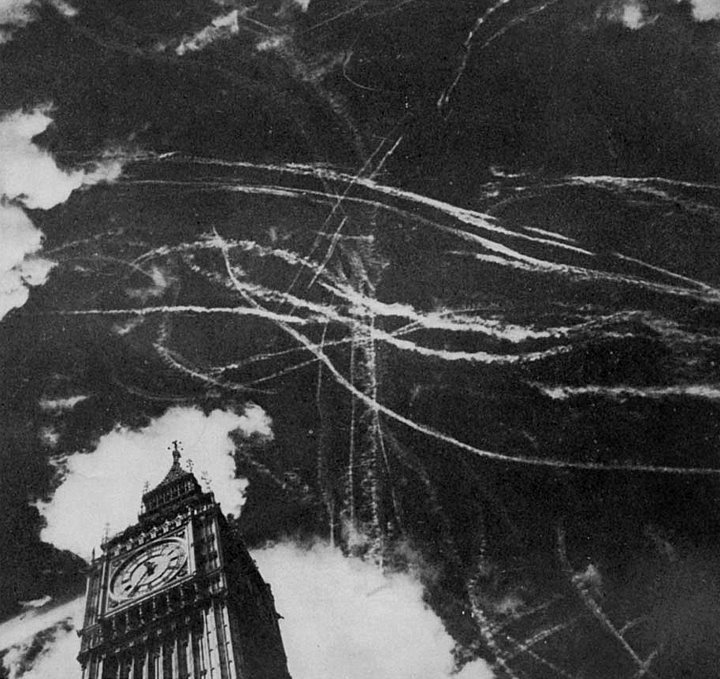
31 October 1940. “All Clear.” The Battle of Britain, which began on 10 July 1940, came to an end. It was a decisive victory for the Royal Air Force.
The German Luftwaffe began its bombing campaign against Britain with the intention of forcing the R.A.F. to defend the cities. The German leaders believed that they could destroy the Royal Air Force in air-to-air combat. It was necessary to eliminate the British air service in order to proceed with the cross-Channel invasion of the British Isles, Operation Sea Lion.

Commander of Fighter Command, Air Chief Marshall Hugh Dowding, understood that he needed to choose when and where to fight. Using the secret Chain Home system of radar stations, he was able to place his fighter squadrons above the German bomber formations.
Though Germany started the Battle with a 3:2 advantage in numbers of airplanes (and most of them more modern and superior to the majority of aircraft Britain had available for its defense), the Hawker Hurricane and Supermarine Spitfire fighters took a heavy toll on Luftwaffe crews.
At the beginning of the Battle of Britain, the R.A.F. and Royal Naval Air Service had a total of 1,963 airplanes, most of them obsolete. Germany had 2,550 fighters and bombers, most of them very modern. By the end, however, Britain had lost 554 men killed, 422 wounded and 1,547 airplanes destroyed. Germany lost 2,698 killed, 967 captured and 638 missing, with 1,887 airplanes destroyed. Because the Luftwaffe directed most of its attacks against the civilian population, a concept of Total War which Germany had first used when its airships bombed London during World War I, 23,002 men, women and children were killed and 32,138 wounded.
Because of a system of dispersed manufacture, Britain was able to replace the losses in aircraft. Many pilots parachuted to safety and were able to return to combat immediately. Germany’s industrial output could not keep up with its combat losses, and the Luftwaffe could not replace the lost airmen.
Operation Sea Lion was cancelled. Hitler looked to the East.

© 2015, Bryan R. Swopes
David Jones, I enjoyed reading your post on The Battle of Britain. Quite a remarkable story heralding the skill, determination, resourcefulness, and heroism of the British R.A.F.
“Never was so much owed by so many to so few”
Can’t top that